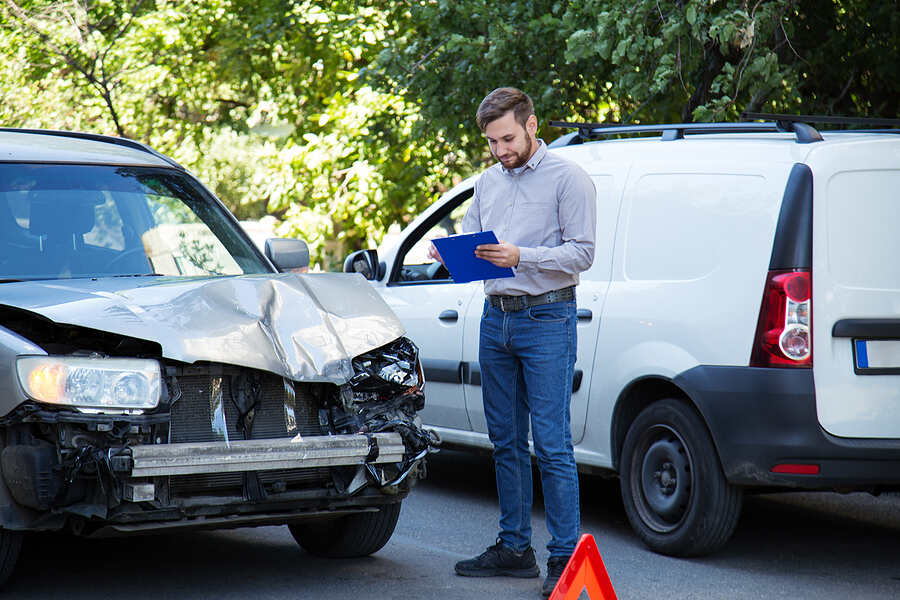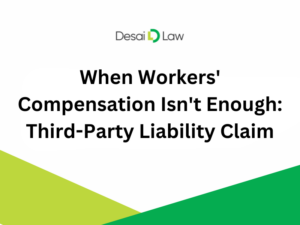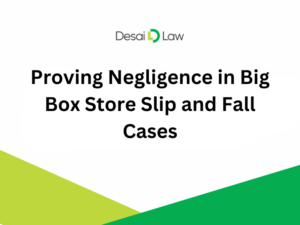A vehicle crash becomes more than an unexpected pause in your day. It initiates a chain of events that often leaves you feeling out of control. You need a “what to do after a car accident checklist” to minimize any post-accident chaos. Unfortunately, when conflicting emotions seize the moment, you will not always think rationally.
A crash often triggers instantaneous tension, anxiety, and stress. You struggle with uncertainty and doubt as you rethink those last few seconds behind the wheel. If you sustain injuries, you feel immediate pain and suffering. Even if the other driver clearly caused the crash, you sometimes wonder… is it my fault? You deal with many emotions as you view your damaged vehicle and meet the other driver face-to-face. Until a law enforcement officer intervenes, you often respond based on instincts.
What to Do After a Car Accident Checklist: 9 Tips
You cannot always prevent emotional responses after an accident, but you can maintain some control. Our car accident checklist provides fifteen tips that help you navigate the post-accident chaos.
1. Dial 911
Most states require mandatory police reports for accidents with severe damage and/or injuries. As soon as the vehicles stop, you should dial 911. If you are injured, let the emergency operator know. You will save time waiting for an EMT.
Police do not determine fault, but they do investigate accident scenes and document the facts. Insurers rely on an officer’s opinion about alcohol, drugs, traffic violations, pavement conditions, and other details. Without a police report, every critical fact becomes your word against the other driver’s.
2. Never admit fault or say anything that sounds like you are admitting fault
While waiting for a police officer, be careful what you say. Bystanders listen and remember, and they often share what they heard. Impulsive, emotional post-accident comments do not usually affect you immediately. They often resurface during liability investigations and settlement negotiations.
If you file a lawsuit against the responsible driver, sometimes you must deny or confirm what you said during a deposition or in court testimony.
- Do not say you are at fault, even if that is what you believe. Let someone else sort out the liability issues.
- Show concern for injured passengers in both vehicles, but never say you are sorry.
- Do not apologize for being involved in the accident. Any apology sounds like you are admitting fault.
- Res gestae is the legal term for these types of spontaneous statements. Courts often consider them truthful.
3. Give just the facts
In the 1960s, TV police officer Joe Friday often used the expression, “Just the facts, ma’am.” Consider his wisdom when another driver crashes into your car. Facts, that is what real-life police officers, lawyers, insurance companies, and court officials need. When you talk to a police officer, never answer questions they did not ask. Do not provide your opinions and theories.
Better yet, call a car accident lawyer, and let them give the insurance company the facts.
- Your speed
- What happened
- Your vehicle make and model
- The weather and illumination
- The pavement condition
- Traffic control devices, etc.
4. Take steps to document the evidence
Within moments after an accident occurs, the evidence you need to prove your case begins to fade. Witnesses leave, and so do drivers sometimes. The lighting and weather change and traffic usually moves accident debris down the road. When an officer begins an investigation, you are standing at a slightly different accident scene. Document what happened before these changes occur.
Use your smartphone and capture the scene immediately.
- The Driver: Sometimes, the other driver simply hops back into their car and drives away. Capture their information before they do. Take a picture of the driver, driver’s license, vehicle license plate, and insurance card. Also, confirm their current address.
- The Vehicles: Capture the vehicle year, make, model, points of impact, license plate, current and old damage.
- The Scene: Take a photo of the entire accident scene with separate close-ups of the pavement, skid marks, debris, and traffic control devices.
- Witnesses: Ask bystanders if they saw the accident. If so, ask for their contact information.
If you are hurt and cannot leave your car, ask someone for help.
5. Get immediate medical evaluation and treatment
Injuries do not always show up immediately. If you withstood a severe impact during your accident, get a medical checkup and make sure you do not require treatment. A powerful impact often causes serious injuries, especially for young children and older adults.
Conditions such as traumatic brain injury and organ damage require immediate attention. Unfortunately, you will not always feel the symptoms right away. Visit an emergency room and be sure before telling a liability insurer that you are okay.
6. File a report with your insurance company
Your insurance carrier requires a report even if you think the other driver caused the accident. Sometimes the other driver feels the same way you do. If they sustain serious injuries, they will not simply go away. Your insurer must complete an investigation and decide if they owe damages on your behalf.
Also, if the other driver has no insurance and you have uninsured motorist coverage, your own insurance company must determine if they owe you an injury settlement.
7. Follow your doctor’s orders
Doctor visits, diagnostic tests, and medical follow-ups take time and energy. If you plan on making an injury claim, you must follow your doctor’s orders anyway. When the liability insurer evaluates your claim, they see your treatment as an indication of your injury severity. If you do not keep your doctor appointments, participate in rehabilitation or therapy, or take your medication as ordered, it affects your claim’s dollar value.
8. Track and document your pain and suffering
When you are seriously injured, a lot of time usually passes before you consider settling your claim. By then, you will have lost track of the day-to-day inconveniences, the problems you encountered, and even your pain and suffering. When your pain, suffering, and difficult experiences fade away, it is actually a good thing, but you want to document them so you don’t forget how they felt. Those details add value to your claim.
When you keep an injury journal, you capture your experiences as you move through treatment and recovery. Your journal provides written memory triggers. It helps you explain your day-to-day recovery issues long after the pain fades away.
Track the following details beginning on day one.
- Your painful experiences, beginning with your accident
- Your medical treatment, surgery, and recovery issues
- Your pain, suffering, and discomfort
- Activities you could not perform
- Events you missed
- Changes in your family
- Psychological issues from dealing with your injuries
- How your scars affect you
- Any information that reminds you of your treatment and recovery difficulties
9. Contact a Car Accident Attorney Immediately
When a car accident hurts you, you need more than a car accident checklist. To protect your legal rights, you must consult with a car accident attorney as soon as possible. Attorneys become involved in your case immediately. They intervene with responsible parties and deal with their insurers. They investigate your claim and resolve any liability issues.
When you are ready, they negotiate the best possible settlement on your behalf. If necessary, car accident attorneys file a lawsuit and represent you throughout the litigation process.
When you contact an attorney, you discuss your injury claim during a free consultation. You learn more about your legal rights and your damage recovery options. Contact a car accident attorney today to get started.





